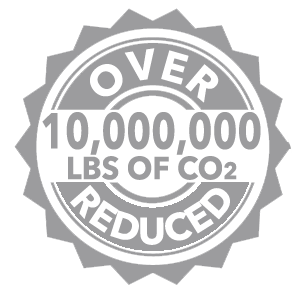
April 20, 2015 For the second year in a row, energy-related carbon dioxide (CO2) emissions in the United States have increased. However, unlike 2013, when emissions and gross domestic product (GDP) grew at similar rates (2.5% and 2.2%, respectively), 2014's CO2 emissions growth rate of 0.7% was much smaller than the 2014 GDP growth rate of 2.4%. Energy-related CO2 emissions are the largest component of overall U.S. greenhouse gas emissions. On March 31, 2015, the United States officially submitted its emissions-cutting target to the United Nations, committing to reducing U.S. greenhouse gas emissions 26%-28% from 2005 levels by 2025. This follows President Obama's 2009 pledge to reduce U.S. greenhouse gas emissions to 17% below 2005 levels by 2020. As discussed in a previous article , changes in CO2 emissions reflect changes in economic and energy-related indicators. The previous two years have largely followed the economic trends in terms of increasing population...
4405 Hits
Copyright
© EIA
4405 Hits





































